
Smart Cities: Urban Trends for 2025
Smart Cities are revolutionizing the way we live, work, and interact with our environment. As we approach 2025, it’s essential to explore the latest urban trends that will shape the future of our cities. Smart Cities are at the forefront of innovation, incorporating cutting-edge technologies to create sustainable, efficient, and livable spaces. In this article, we’ll delve into the top urban trends for 2025, from sustainable energy to innovative transportation systems.
Sustainable Energy Solutions

One of the primary focuses of smart cities is reducing their carbon footprint and reliance on non-renewable energy sources. In 2025, we can expect to see a significant increase in the adoption of sustainable energy solutions, such as solar power, wind power, and hydrogen fuel cells. These innovative energy sources will not only reduce greenhouse gas emissions but also provide a reliable and efficient source of power for cities.
Intelligent Transportation Systems

Smart cities are also investing heavily in intelligent transportation systems, which utilize real-time data and analytics to optimize traffic flow, reduce congestion, and improve public transportation. In 2025, we can expect to see the widespread adoption of autonomous vehicles, hyperloop systems, and advanced public transit systems, making transportation faster, safer, and more efficient.
Smart Infrastructure and Buildings

Smart cities are not just about technology; they’re also about creating sustainable and livable spaces. In 2025, we can expect to see a focus on smart infrastructure and buildings, which incorporate green architecture, energy-efficient design, and advanced materials. These buildings will not only reduce energy consumption but also provide a healthy and comfortable environment for occupants.
Urban Agriculture and Food Systems
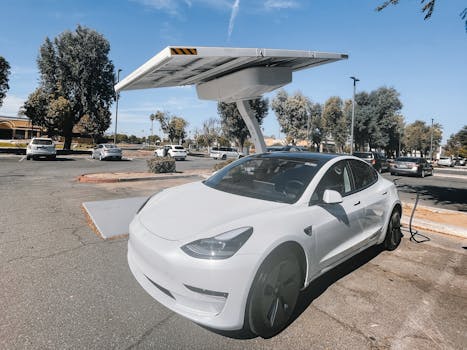
As the global population continues to urbanize, it’s essential to develop sustainable food systems that can meet the demands of city dwellers. In 2025, we can expect to see a rise in urban agriculture, with cities incorporating vertical farms, rooftop gardens, and community-supported agriculture programs. These innovative food systems will not only provide fresh produce but also reduce transportation emissions and support local economies.
Conclusion
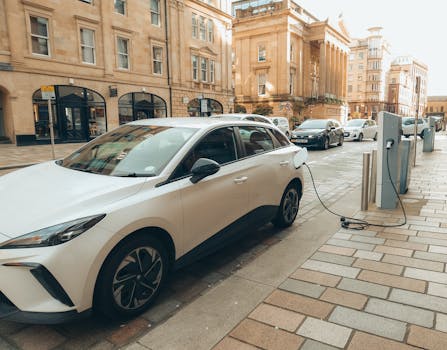
In conclusion, the future of smart cities is exciting and full of possibilities. As we approach 2025, it’s essential to stay informed about the latest urban trends and innovations that will shape the future of our cities. From sustainable energy solutions to intelligent transportation systems, smart cities are revolutionizing the way we live, work, and interact with our environment. Whether you’re a city planner, architect, or simply a curious citizen, it’s time to get smart about the future of our cities.
What’s Next for Smart Cities?
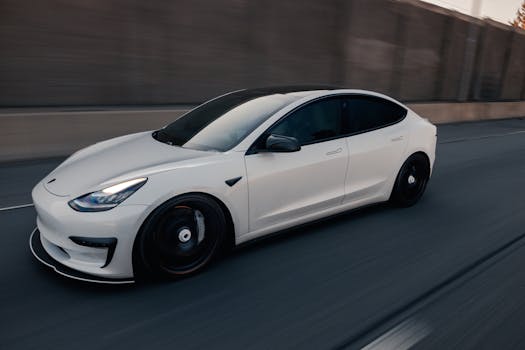
As we look to the future, it’s clear that smart cities will continue to evolve and adapt to the needs of their citizens. In the next few years, we can expect to see even more innovative technologies and solutions emerge, from artificial intelligence and Internet of Things (IoT) to 5G networks and quantum computing. The possibilities are endless, and it’s an exciting time to be a part of the smart city revolution.
Smart City Initiatives Around the World
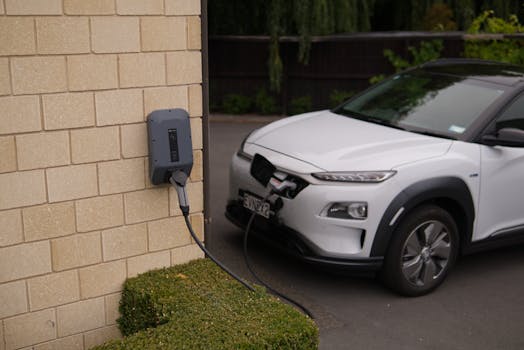
Smart city initiatives are not limited to a single region or country. Around the world, cities are embracing innovation and technology to create more sustainable, efficient, and livable spaces. From Singapore’s Smart Nation initiative to Barcelona’s Smart City program, cities are coming together to share knowledge, best practices, and innovative solutions. Whether it’s a small town or a megacity, the smart city movement is a global phenomenon that’s changing the way we live and interact with our environment.
The Benefits of Smart Cities
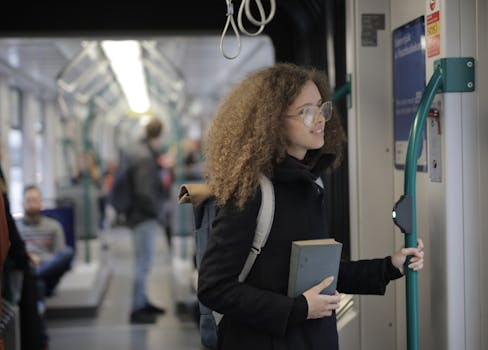
So, what are the benefits of smart cities? From improved public safety to enhanced quality of life, the advantages of smart cities are numerous. Smart cities can also boost economic growth, reduce traffic congestion, and increase energy efficiency. Whether you’re a citizen, business owner, or city official, the benefits of smart cities are undeniable.
Challenges and Opportunities
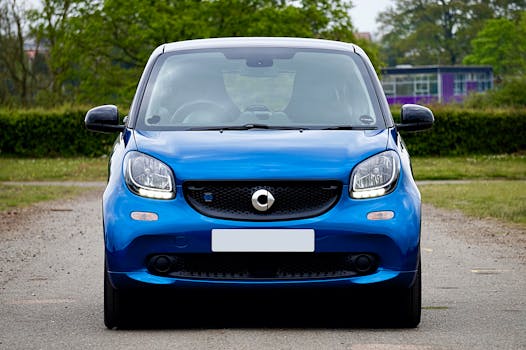
While smart cities offer many benefits, they also present several challenges and opportunities. From cybersecurity threats to data privacy concerns, cities must navigate a complex landscape of risks and rewards. However, with the right strategies and solutions, smart cities can overcome these challenges and create a brighter, more sustainable future for all.
Smart City Technologies

Smart cities rely on a range of innovative technologies, from sensors and IoT devices to artificial intelligence and data analytics. These technologies enable cities to collect and analyze data, make informed decisions, and optimize their operations. Whether it’s a smart grid or a smart transportation system, the technologies behind smart cities are transforming the urban landscape.
Case Studies: Smart City Success Stories

From Copenhagen’s carbon neutrality initiative to Tokyo’s smart city program, there are many examples of smart city success stories around the world. These case studies demonstrate the power of innovation and collaboration in creating more sustainable, efficient, and livable cities. Whether you’re a city official or a curious citizen, these success stories offer valuable insights and lessons for the future.
Smart City Planning and Design
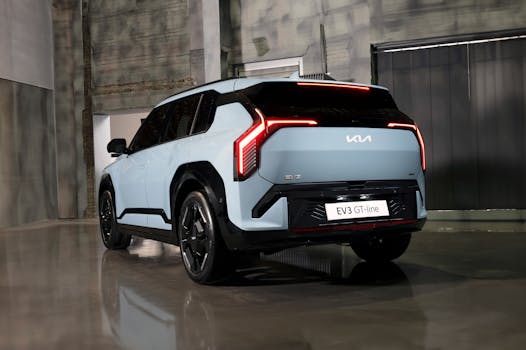
Smart city planning and design are critical components of creating a sustainable and livable urban environment. From urban planning to architecture, the design of smart cities must balance functionality, aesthetics, and sustainability. Whether it’s a green roof or a smart park, the design elements of smart cities are transforming the way we live and interact with our environment.
Smart City Governance and Policy
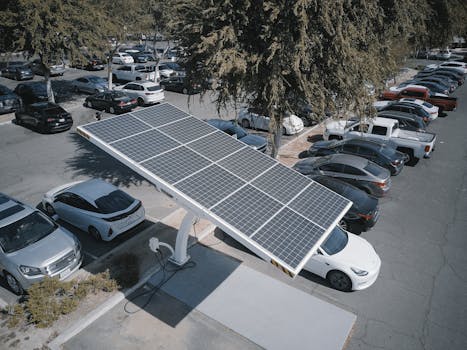
Smart city governance and policy are essential for creating a framework that supports innovation and sustainability. From regulatory frameworks to public-private partnerships, cities must navigate a complex landscape of policies and regulations. However, with the right governance and policy structures, smart cities can thrive and create a better future for all.
Smart City Funding and Investment

Smart city funding and investment are critical components of bringing innovative projects and initiatives to life. From government grants to private investment, cities must secure funding to support their smart city initiatives. Whether it’s a smart city bond or a public-private partnership, the funding and investment landscape for smart cities is evolving rapidly.
Conclusion

In conclusion, the future of smart cities is exciting and full of possibilities. As we approach 2025, it’s essential to stay informed about the latest urban trends and innovations that will shape the future of our cities. From sustainable energy solutions to intelligent transportation systems, smart cities are revolutionizing the way we live, work, and interact with our environment. Whether you’re a city planner, architect, or simply a curious citizen, it’s time to get smart about the future of our cities.





